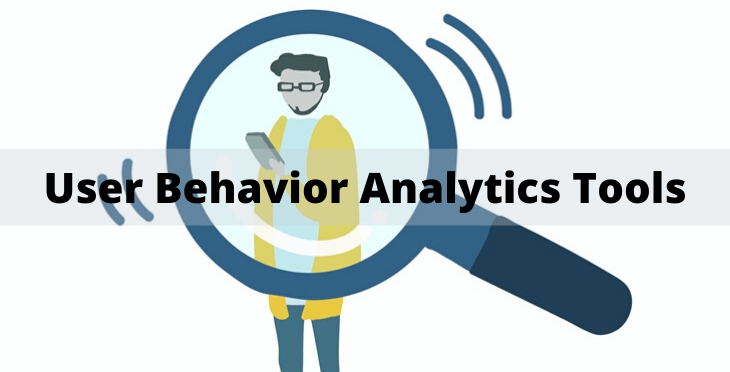Introduction
In today’s digital workplace, understanding and monitoring employee web activity is not just a matter of assessing productivity; it’s about ensuring security, compliance, and optimal use of resources. This document explores best practices in monitoring employee web activity, with a focus on the capabilities of Cyfin, a leading tool in this domain.
Defining ‘Activity’ in the Workplace
‘Activity’ in the context of employee web use encompasses a range of digital behaviors – from browsing patterns to the use of online tools and platforms. It’s vital to differentiate between productive activities that contribute to business objectives and non-productive activities that may pose risks or waste resources.
The Importance of Monitoring Employee Web Activity
Monitoring employee web activity is crucial for several reasons:
- Ensuring Productivity: By understanding how employees use the web, organizations can optimize workflows and eliminate inefficiencies.
- Protecting Company Resources: Monitoring helps in preventing the misuse of company resources and maintaining operational security.
- Legal and Compliance Adherence: It ensures that employee web usage complies with relevant laws and industry regulations.
Cyfin’s Key Features
Cyfin stands out for its robust capabilities in monitoring and reporting employee web activity. Key features include:
- Detailed Investigations: Cyfin excels in investigating web usage, offering insights into both regular and anomalous activities.
- Activity Categorization: It categorizes web use into productive and non-productive, aiding in the analysis of employee efficiency.
- Comprehensive Reporting: The tool provides clear and detailed reports, making it easier for management to understand web usage patterns.
Investigation and Analysis
Through Cyfin, organizations can conduct in-depth investigations into web activity, identifying potential security threats or policy violations. This level of analysis is critical in understanding employee behavior and safeguarding against various risks.
Data-Driven Policy Making
The insights provided by Cyfin are invaluable in shaping company policies related to web use. Policies can be tailored based on actual data, leading to more effective management and regulation of employee web activity.
Legal and Security Implications
Understanding employee web activity through Cyfin helps in identifying potential legal and security liabilities, such as data breaches or non-compliance with regulations. This knowledge is vital for proactive risk management.
Balancing Monitoring with Privacy
It’s important to balance the need for monitoring with respecting employee privacy. This includes being transparent about monitoring practices and ensuring compliance with legal standards for employee monitoring.
Best Practices in Implementation
For effective implementation of Cyfin or similar tools, organizations should:
- Obtain necessary permissions and ensure legal compliance.
- Train relevant teams on using and interpreting the monitoring data.
- Regularly review and update the monitoring process.
Continuous Improvement and Adaptation
Finally, it’s important to continually assess and improve the monitoring process. As technologies and workplace dynamics evolve, so should the strategies for monitoring employee web activity.
Conclusion
Effective monitoring of employee web activity is key to maintaining a productive, secure, and compliant workplace. Tools like Cyfin play a crucial role in achieving these objectives, offering detailed insights and aiding in informed decision-making.



